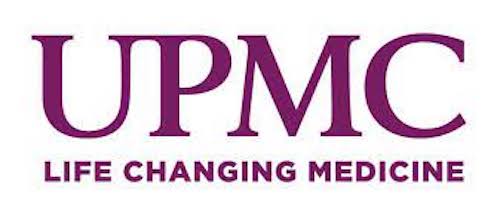
September 6, 2024- Women diagnosed with breast cancer who had regular screening mammograms every year were less likely to have late-stage cancer and had higher overall survival than those who received screening every other year or less often, according to new research from the University of Pittsburgh and UPMC published in the Journal of Clinical Oncology. While many clinical trials have demonstrated the benefits of mammography screening for breast cancer, guidelines differ on how often women should be screened. The American College of Radiology and several other organizations advise annual screening after age 40, whereas the U.S. Preventive Services Task Force recommends biennial screening from age 40.
To gain more evidence on optimal mammography screening intervals, UPMC researchers created a database that organized real-world breast cancer patient data on outcomes to compare 8,145 breast cancer patients who had at least one mammogram on record prior to diagnosis. The screening interval was considered annual if the time between mammograms was less than 15 months, biennial if between 15 and 27 months and intermittent if greater than 27 months.
The percentage of late-stage cancers — TNM stage IIB or worse — was 9%, 14% and 19% for annual, biennial and intermittent screening groups, respectively. Biennial and intermittent groups had substantially worse overall survival than the annual group.
